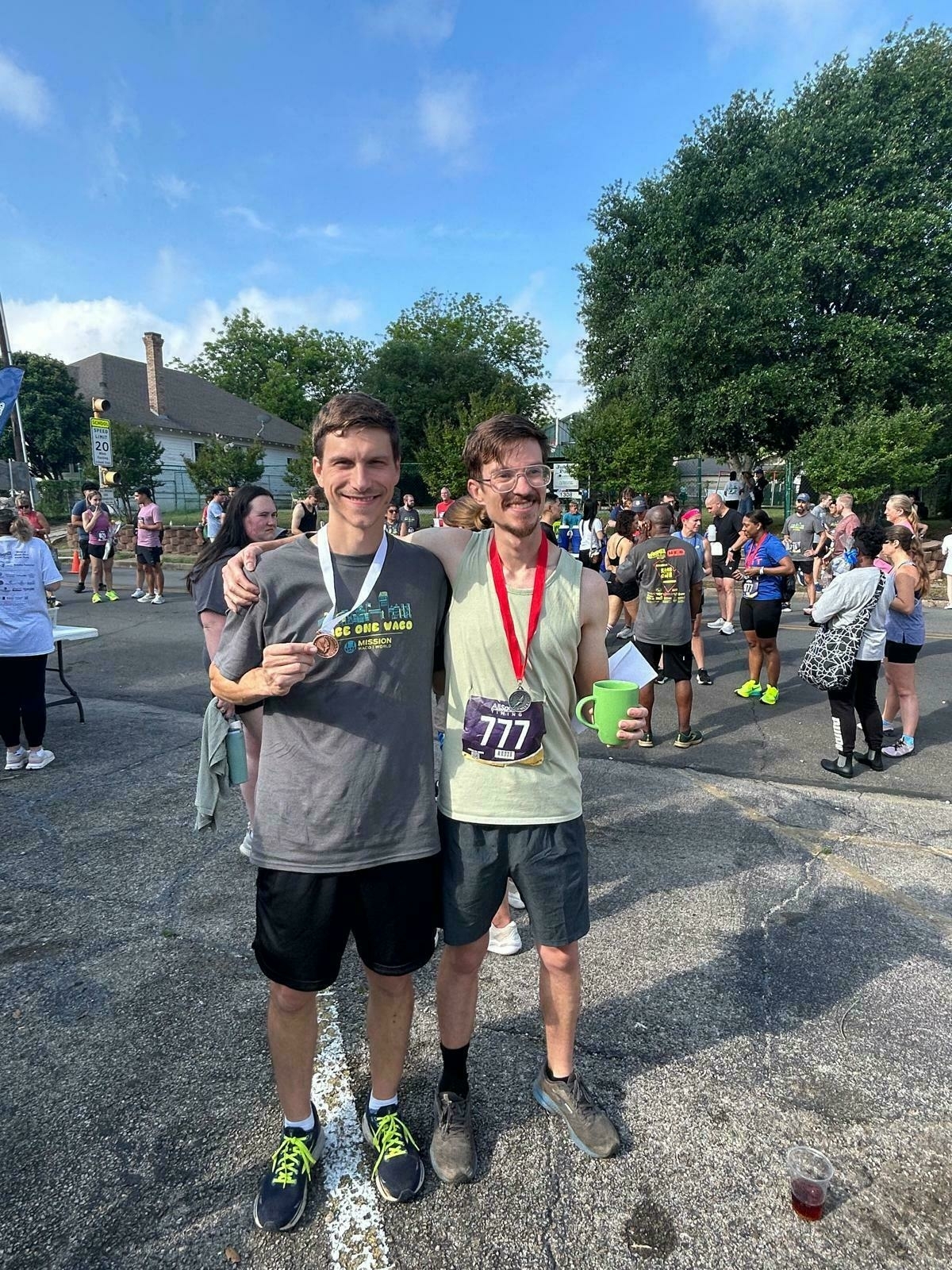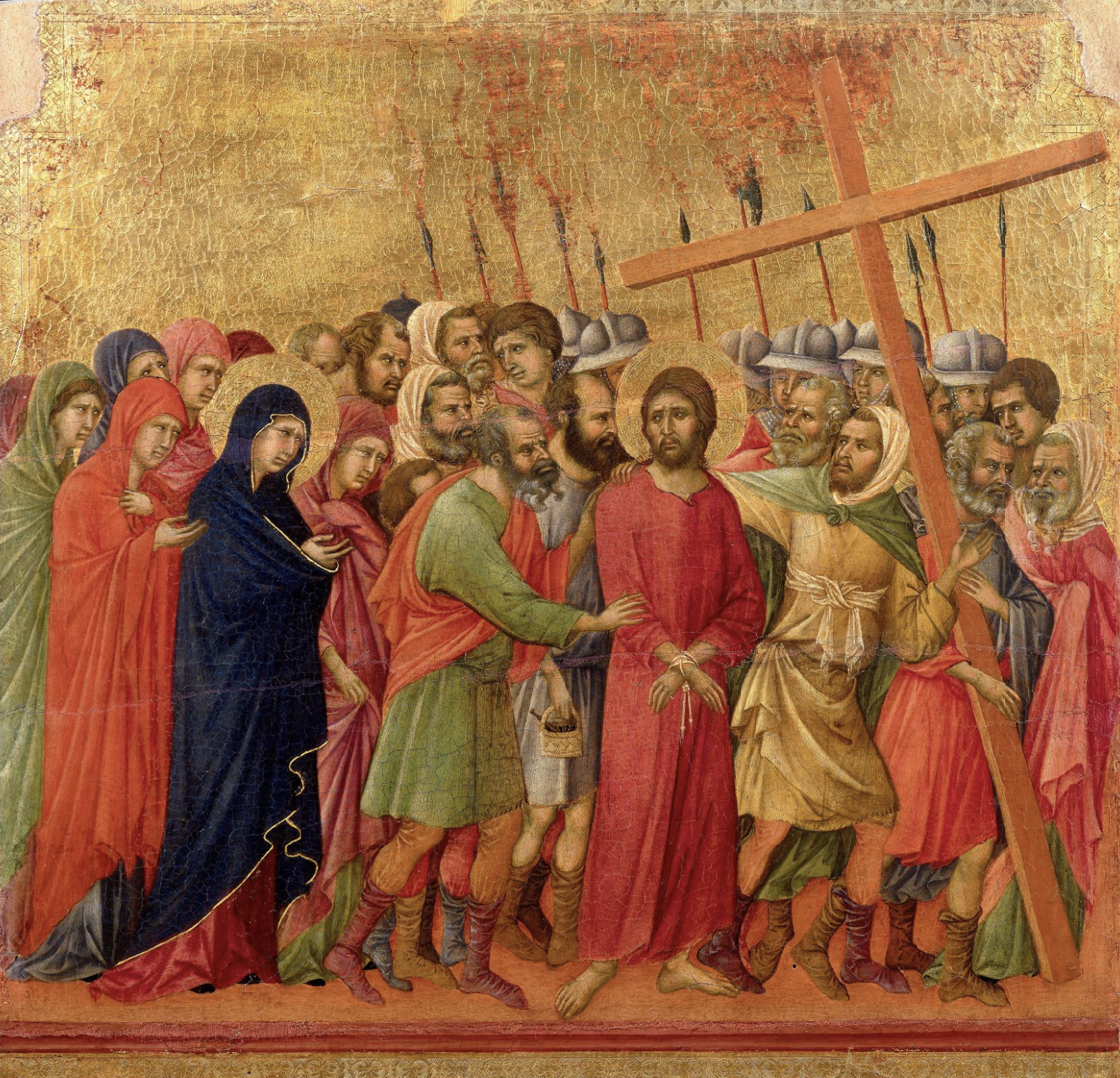Had a blast running with my crew and Mikayla & Tanner in Mission Waco’s RaceONE 5k this morning! (Not to brag, but I finished third in the men’s 35-39 age bracket; so yeah, I’m kind of a big deal.)




Had a blast running with my crew and Mikayla & Tanner in Mission Waco’s RaceONE 5k this morning! (Not to brag, but I finished third in the men’s 35-39 age bracket; so yeah, I’m kind of a big deal.)




Christ on the way to Calvary (1308-11) by Duccio di Buoninsegna:

a little origami fun last night with Lily and Bella’s aunt Lynné (my sis)


Finished reading: The Unwinding: An Inner History of the New America by George Packer 📚
A collage of biographical sketches and pop culture soundbites, woven into an engrossing tale of how America’s social and moral fabric has been “unwound” over the last few decades. Essential reading.
currently listening: SABLE, fABLE by Bon Iver

[W]e desperately want to be saved. We want to find some person, or some philosophy of life, that will spare us the fear or discomfort or self-doubt or tedium that so often seems to come along for the ride, whenever we try to make progress on things we care about. We hate feeling yoked to reality in such an unpleasant way; we long instead to soar above it, in a realm free from problems. And it’s the mark of a bad self-help book, a dodgy spiritual guru or an incompetent therapist that they’ll be only too happy to encourage the illusion that this might one day be possible.
I don’t think people generally seek out such quick fixes or back-door solutions out of laziness or entitlement. It’s not because they think they shouldn’t have to put in the same effort as everyone else. Rather, most of the time, it’s the opposite: it’s that they feel so inadequate and unqualified for the task ahead of them (of writing, of marriage, parenting – whatever) that they believe they absolutely need a miracle technique, some sort of edge over other people, some secret from a book, if they’re to have half a chance of not screwing everything up. They don’t realise that everyone else is just winging it, too – and that all they need to do is the straightforward thing that’s been staring them in the face all along: to just write for a few hours a week; to sit down for a few minutes and meditate; to be the most loving spouse or parent they’re capable of being on this particular day, and so on.
Music to my ears: Jen Pollock Michel criticizes the tendency of elevating “efficiency” to the status of unqualified virtue; she argues instead for patiently undergoing the passage of time as the necessary means of enjoying God’s “slow” work in one’s life.